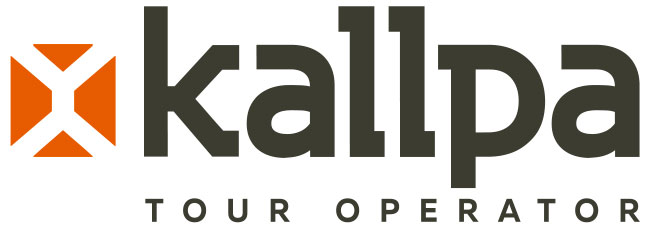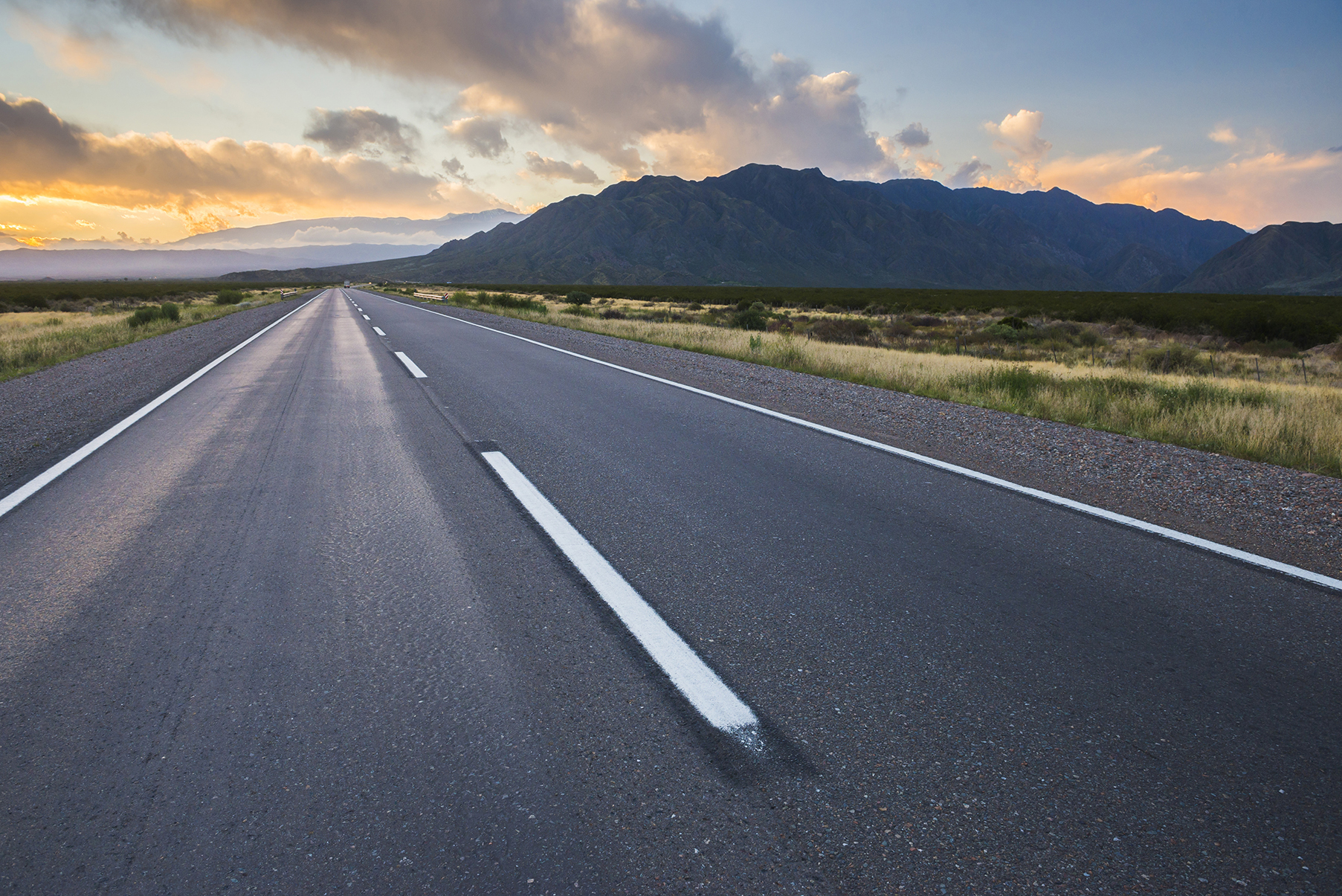A 1400 km and 5 day drive along the mythical Ruta 40 from Mendoza to Salta -or the other way around- that takes you through six provinces, national landscapes and cultural and historic sites that you can’t miss.


The National Route 40 or RN40 is the longest road in Argentina and also one of the longest in the world with more than 5000 km. Running parallel to the Andes, it crosses the country south to north across the provinces of Santa Cruz, Chubut, Río Negro, Neuquén, Mendoza, San Juan, La Rioja, Catamarca, Tucumán, Salta and Jujuy. Along the road, the natural scenery changes from patagonic steppe to forests and Andean desert at the end; crossing 20 national parks, 18 major rivers and 27 passes on the Andes.
This Road 40 Adventure takes you almost through the half of the route, over the regions of Cuyo and the North. We will describe the experience beginning in Mendoza and ending in Salta but you should know that it is possible to do it the other way around.
The journey starts specifically in Mendoza city every monday, one of the prettiest cities in our country and the most important one in the region of Cuyo. Located at the base of the Andes, this historic city preserves several souvenirs of General San Martin’s heroic deeds such as the Cerro de la Gloria, the Plumerillo, the San Martín Park and diverse museums spread around.


The first day takes us towards the neighboring province of San Juan. Our first cultural stop is in Vallecito to visit the sanctuary of a local mythical figure: the Difunta Correa. The legend goes that in the 1840s, Deolinda Correa and her baby followed the trail of the military troop that her husband was forced to join, but passed away in the San Juan deserts due to thirst, hunger and exhaustion. A couple of mule drivers passed by and found her corpse, surprising themselves because her baby was still alive and breastfeeding. She was buried in Vallecito and since then it has become a place of devotion as the popular belief is that Correa answers people’s prayers and many miracles were attributed to her.
After this mystical and folkloric visit, we continue our journey to Valle Fértil, the final destination of the day, a relaxed and quiet town in San Juan province.
The second day of the trip we visit two natural parks declared World Heritage by UNESCO.
The main attraction nearby Valle Fértil is Ischigualasto Provincial Park. Also known as the Valle de la Luna (Moon Valley), this park is the only place in Argentina where triassic records are well preserved and perfectly differentiated. We have a guided tour on this place with bizarre landscapes, limited vegetation and multi-colored soil.

Our next stop today is at another incredible national park: Talampaya, located in the province of La Rioja. We take de Talampaya Canyon guided tour provided by the park itself to get the most of this amazing place with natural red rock walls and diverse shapes and geo-formations that were gradually originated by erosion over millions of years.

The end of the day takes us to Villa Unión, where we spend the night.
On the morning of the third day, we leave Villa Unión towards the town of Belén in the Catamarca province. The drive begins taking the Cuesta de Miranda, a scenic slope in the RN40 that reaches 2040 m above sea level along the Miranda River. We arrive in Chilecito, the second most important city in La Rioja that dedicates mostly to wine and olive growing. Here we have lunch (included) and visit La Mejicana, a gold mine in the Cerro Famatina with a museum and a cableway (fee not included).
In the afternoon, we enter the Catamarca province and Belén at last. The guide takes us to the ceremonial and archeological center of Shincal de Quimivil. This is a pre-Columbian city in ruins, one of the four best preserved Inca facilities in the country, although the remains we see today were originally built by the Quechuas between 1471 and 1536.

After a relaxed night in Belén, the trip continues the next day along with the experience with local culture and history. The first stop today is at the Pachamama Museum in Amaicha del Valle, in the Tucumán province. This visit provides us with knowledge on local geology, ethnology, tapestries and paintings.
The second stop is at the archeological site of Quilmes, in the Calchaquí Valley of Tucumán. These are the remains of the biggest pre-Columbian settlement in Argentina; the Quilmes. The ruins have been reconstructed for preservation.

The day ends in the afternoon reaching Salta, the last province of this Road 40 adventure, arriving in the town of Cafayate.

Cafayate is a famous wine region in our country, known for the Torrontés variety, which is a white sweet wine. Given this, we can’t leave without visiting a couple of wineries to taste some on our last day.


After lunch, the driving continues through the Calchaquí Valley, considered one of the most beautiful and prominent places in Argentina with its mountains, rivers and gorges. We appreciate the enchantment of the Quebrada de las Conchas, a dazzling and amazing gorge with strange red-colored rock formations such as the one called the Amphitheatre. This geo-formations were originated by water erosion given in the past they used to be cascades.
Our journey ends today and as we continue south towards the final destination, the landscape changes abruptly to the greener countryside and the tobacco plantations of the Lerma Valley.
At the end of the ride, finally Salta city awaits with its colorful hispanic architecture, monuments and narrow sidewalks, framed and surrounded by mountains and enriched by a persistent colonial spirit.

Without a doubt, this is a short trip but with long enjoyable days, on a long road full of cultural experiences and natural beauty. This time, the Ruta 40 takes us across the diverse scenery of the Cuyo and North regions of Argentina, delighting us on every kilometer of the road. But there’s so much more to see on this road still!
FACT SHEET
- 5 day Self drive Journey
- Ask for private tour.
- Operation time: all year long.
- Travel itinerary may change without notice due to weather or road conditions.
SERVICES INCLUDED
- 4 nights of accommodation in economic hotels in standard rooms, including breakfast.
- Rental Car
- Excursion to Talampaya National Park and entrance fee.
- Preloaded Smartphone GPS with routes and attractions
SERVICES NOT INCLUDED
- Food or beverages.
- Museum tickets, archaeological sites, provincial parks.
- Tips and gratuities.


